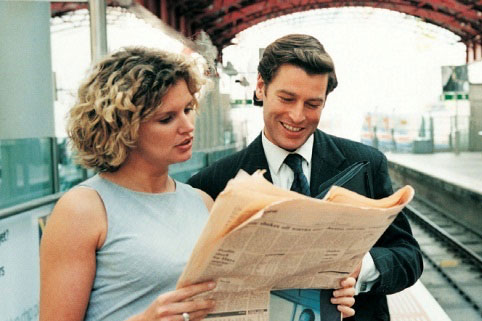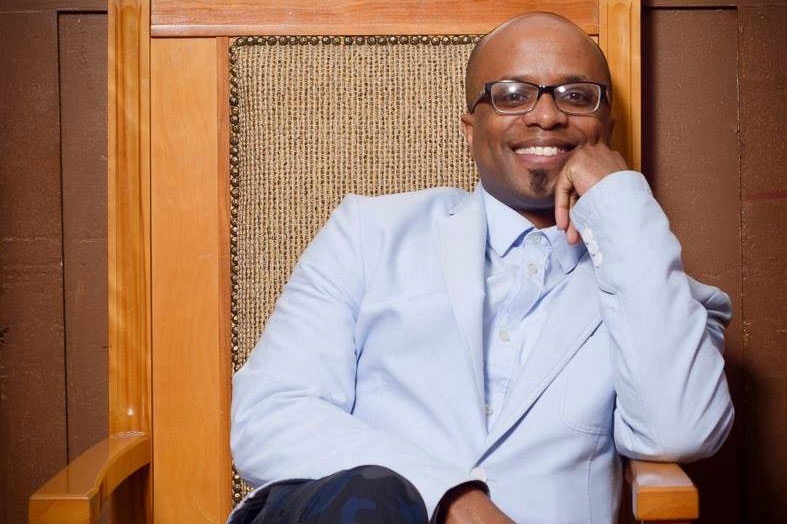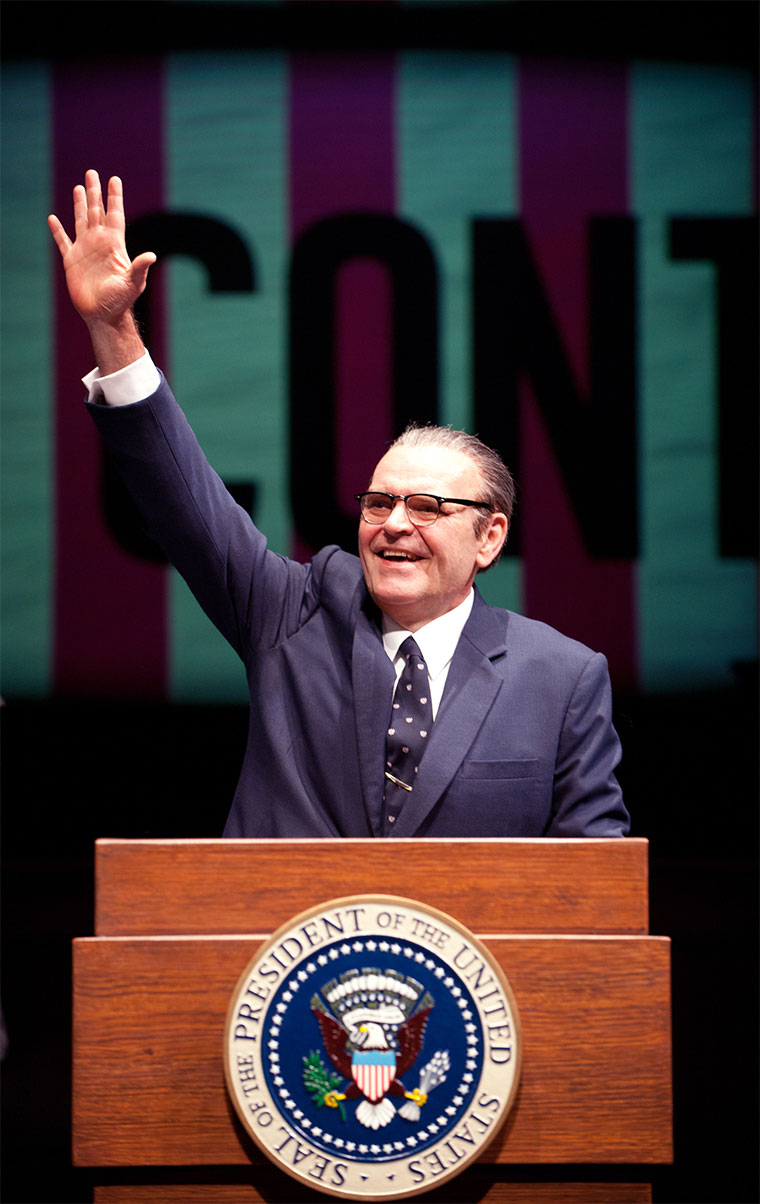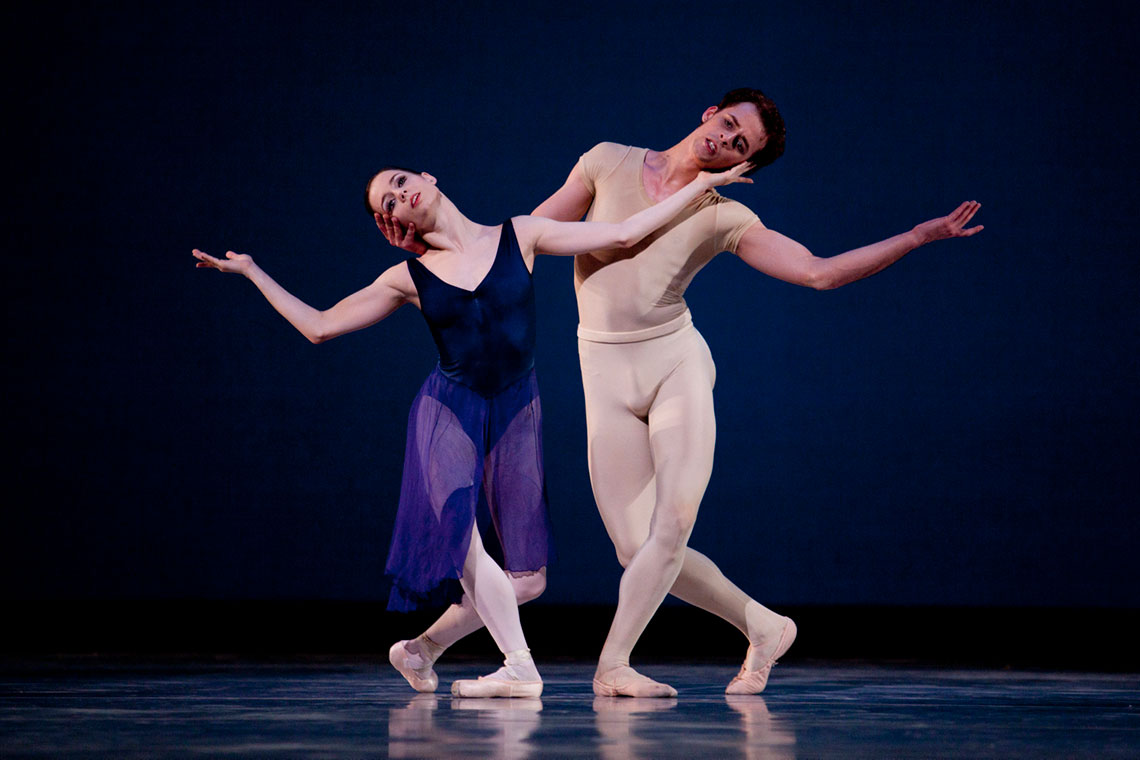
With Rodgers & Hammerstein’s Carousel coming soon, the full cast has been announced for the 5th Avenue Theatre/Spectrum Dance Theater collaboration. With Tony Award-nominated choreographer Donald Byrd at the creative table, under the direction of 5th Avenue Theatre’s Producing Artistic Director Bill Berry, rehearsals have begun.
Named “the best musical of the 20th century” by Time Magazine, and a personal favorite of Richard Rodgers himself, Rodgers & Hammerstein’s Carousel tells the story of carnival barker Billy Bigelow and mill worker Julie Jordan. Their romance comes at the price of both their jobs. He attempts a robbery to provide for Julie and their unborn child. Things go wrong but he is given a chance to make things right.
The coming production will star Brandon O’Neill as Billy Bigelow. O’Neill returns to Seattle following his Broadway debut in Disney’s Alladin. Other roles include Collins in the 5th Avenue Theatre’s acclaimed production of RENT, Hanuman in Ramayana at ACT Theatre, and Gabe in the world premiere musical First Date.
Laura Griffith will play Julie Jordan. She’s played in several roles on the 5th Avenue Theatre stage including Lucy Honeychurch in A Room with a View, the Lady of the Lake in Monty Python’s Spamalot, and Cunnegonde in Candide.
Other actors in the production include Anne Allgood, Eric Ankrim, Allen Fitzpatrick, Cynthia Jones, and Joshua Downs.
Here’s a clip from the 1956 movie of Carousel, starring Shirley Jones and Gordon MacRae, singing “If I Loved You”:










